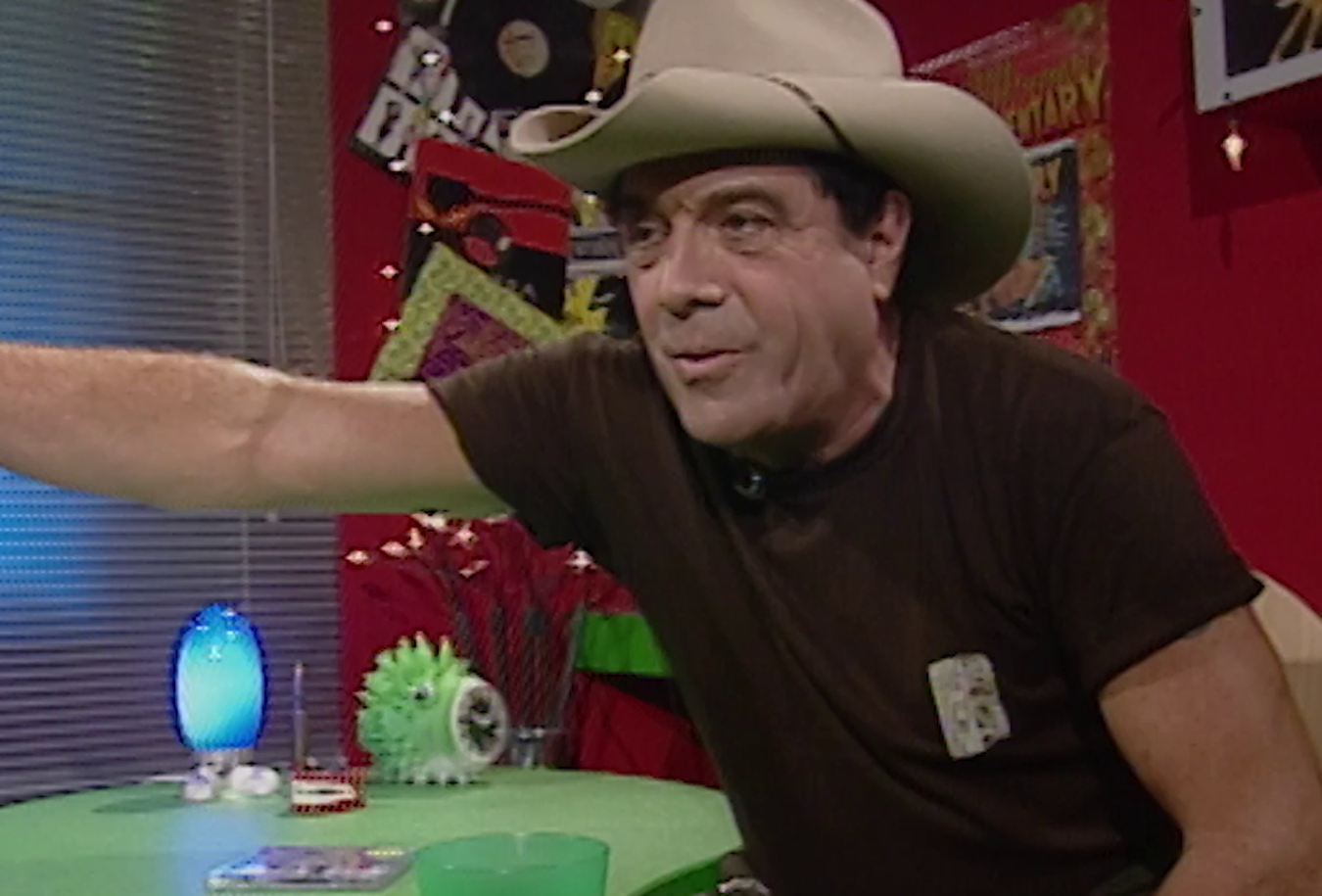
A Film for Discussion: Women and Work
A Film for Discussion opens with a montage of still images and live action footage of women working, followed by ad images and clips from old movies, and women yelling and screaming at a concert. Summary by Pat Fiske.
Many women had to work at a paid job, even with a family to look after. They assumed the whole burden of housework and childcare as well as paid work. Home making was not a job which society expected a man to share with his working wife. In general, as the film tries to show, a patronising attitude towards women was expressed by many men and by society as a whole. The film attempts to express this reality in this montage which begins the film (and in some of the dialogue in the scenes which follow).
A Film for Discussion synopsis
A Film for Discussion is a black-and-white experimental film made in 1970 using dramatised scenes, historical footage, stills, posters and ads to convey the situation of women, the emergence of the women’s movement in Australia and the awakening of one young woman to discrimination and the choices society offers her.
A Film for Discussion curator's notes
A Film for Discussion was made by the Sydney Women’s Film Group (SWFG), which was a loose collection of people including Martha Ansara, Jeni Thornley, Deirdre Ferguson and Julie Gibson, with assistance from John Brotherton and Chris Tillam. According to Ansara, the filmmaking operation was rather nebulous and anarchistic. The group supported a collective approach so there are no individual names and credits on the film, but rather a statement that it was made by the group.
The idea for a film that would bring to light the issues of the newly emerging women’s liberation movement started on a train trip to Melbourne in May 1970 when a group of women (who had recently founded a women’s group in Glebe) were on their way to the first Women’s Liberation Conference. This was at the time when the efforts by independent filmmakers to establish an Australian film industry, which went beyond government documentaries, TV and commercials, were beginning to show results.
In 1968, the federal government announced funding for an Experimental Film Fund. Ansara submitted an application for funding and went for an interview. She put on her make-up and leather mini-skirt, she reports, ‘because although we were for women’s liberation and being treated as equals on our own merits, I wasn’t that silly when it came to getting the money. And we got it.’ They received $1050 to make a short film. This sum would cover the lab costs; they had to find the rest of the money themselves.
Through their connections with the anti-Vietnam War street theatre group and the New Theatre, they found actors for the film. Chris Tillam, Martha’s partner at the time, had the most film experience in the group though Ansara, a keen filmgoer and film society member, had assisted Tillam on a cinéma vérité anti-war documentary in the US and had been involved with a political documentary group called Newsreel. At this time, women in Australia were generally not working as film directors nor operating cameras or recording sound.
The film’s visual style was developed in part by the limitations of heavy, cumbersome camera equipment but also because Ansara thought cinéma vérité was unsuitable for a film presenting the issues that women’s liberation were grappling with at the time. The group didn’t have the finances for many cans of 16mm film and didn’t have blimped portable cameras to make them quiet enough to record sound. A Film for Discussion was shot either mute or with a camera with an enormously heavy blimp.
The group held consciousness-raising and role-playing workshops with the participants, who also included Women’s Liberation activists. The slogan at the time was ‘the personal is the political’. By analysing their own lives and experience, the filmmakers could better understand the general position of women, the social expectations and the work issues. The dialogue for the film was all improvised and it had no written script.
The film was called A Film for Discussion to emphasise how they wanted the film deployed and distinguish it from films where the audience members were merely passive consumers of entertainment. The film took a long time to edit as the group’s political and personal lives got in the way but it was finally completed in 1973. They approached distribution in a grassroots way and took it to film societies, trade unions, schools, government departments, and anywhere that the issue of women’s liberation was being discussed. Through the Sydney Filmmakers’ Cooperative, many 16mm copies of the film were sold and rented.
A Film for Discussion was a finalist in the documentary section at the Greater Union Awards at the 1973 Sydney Film Festival. The SWFG used this as an opportunity to leaflet the Festival protesting against competitions, feeling it was absurd to compare films and choose one winner.
Notes by Pat Fiske
The National Film and Sound Archive of Australia acknowledges Australia’s Aboriginal and Torres Strait Islander peoples as the Traditional Custodians of the land on which we work and live and gives respect to their Elders both past and present.


